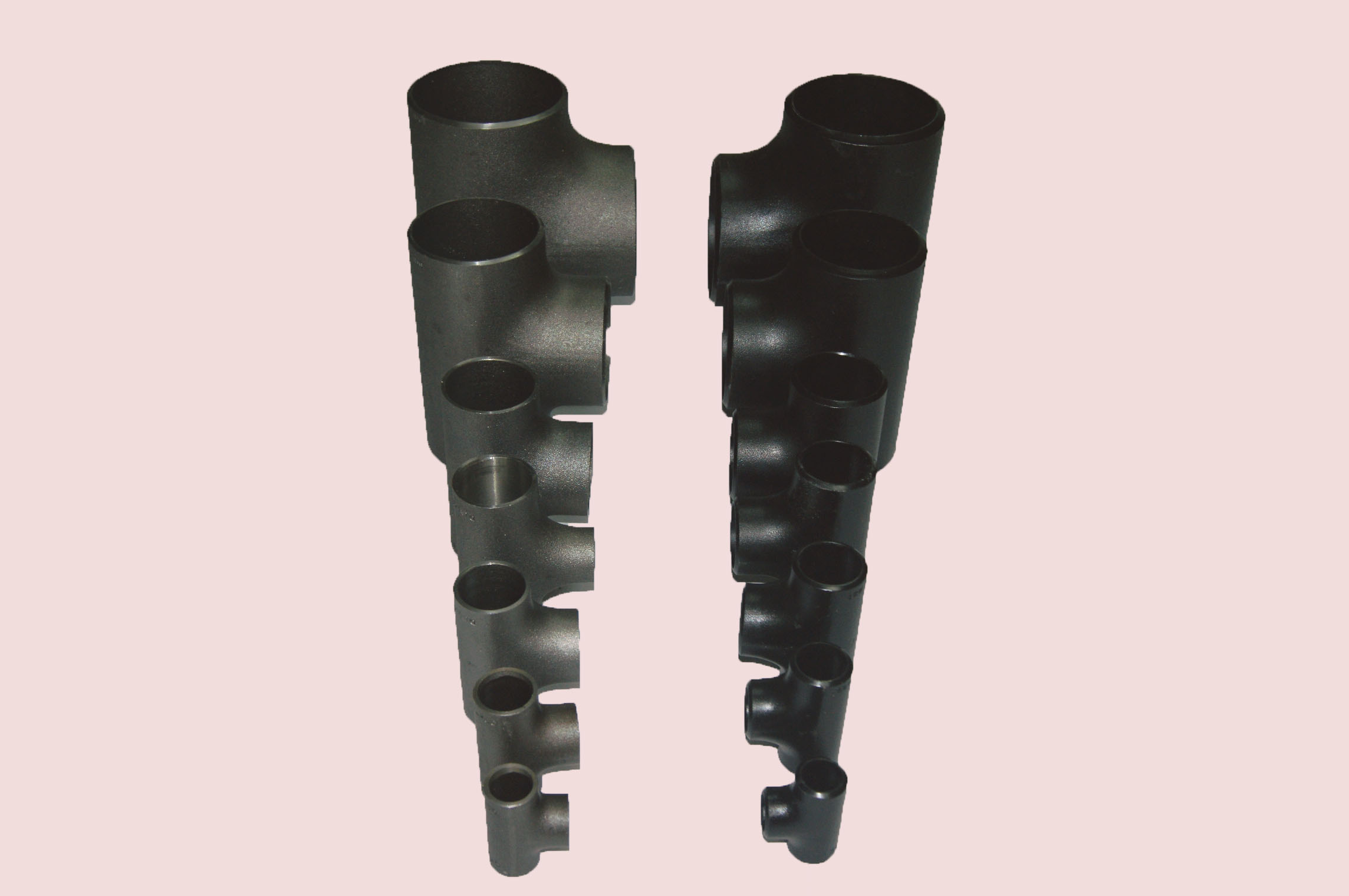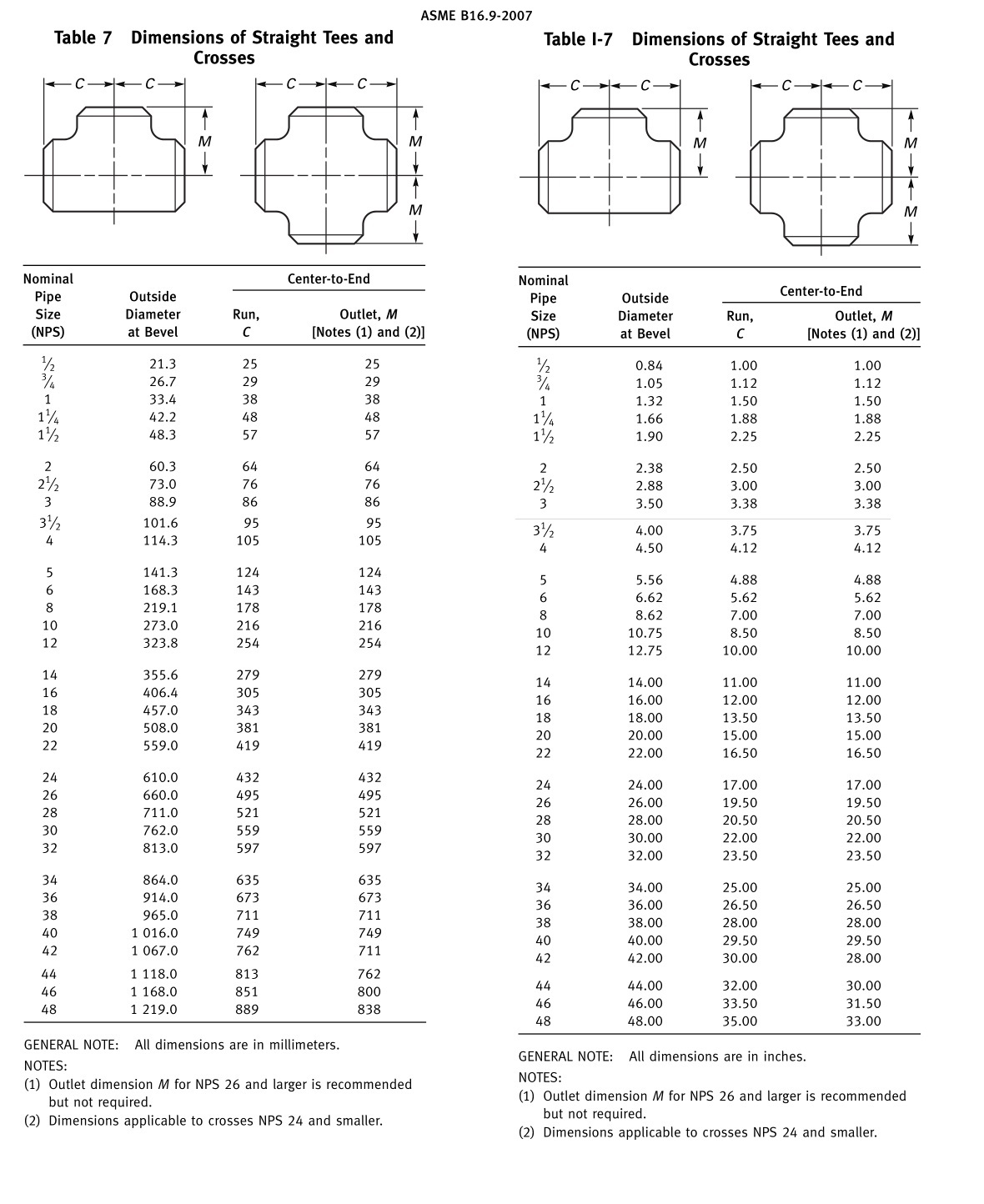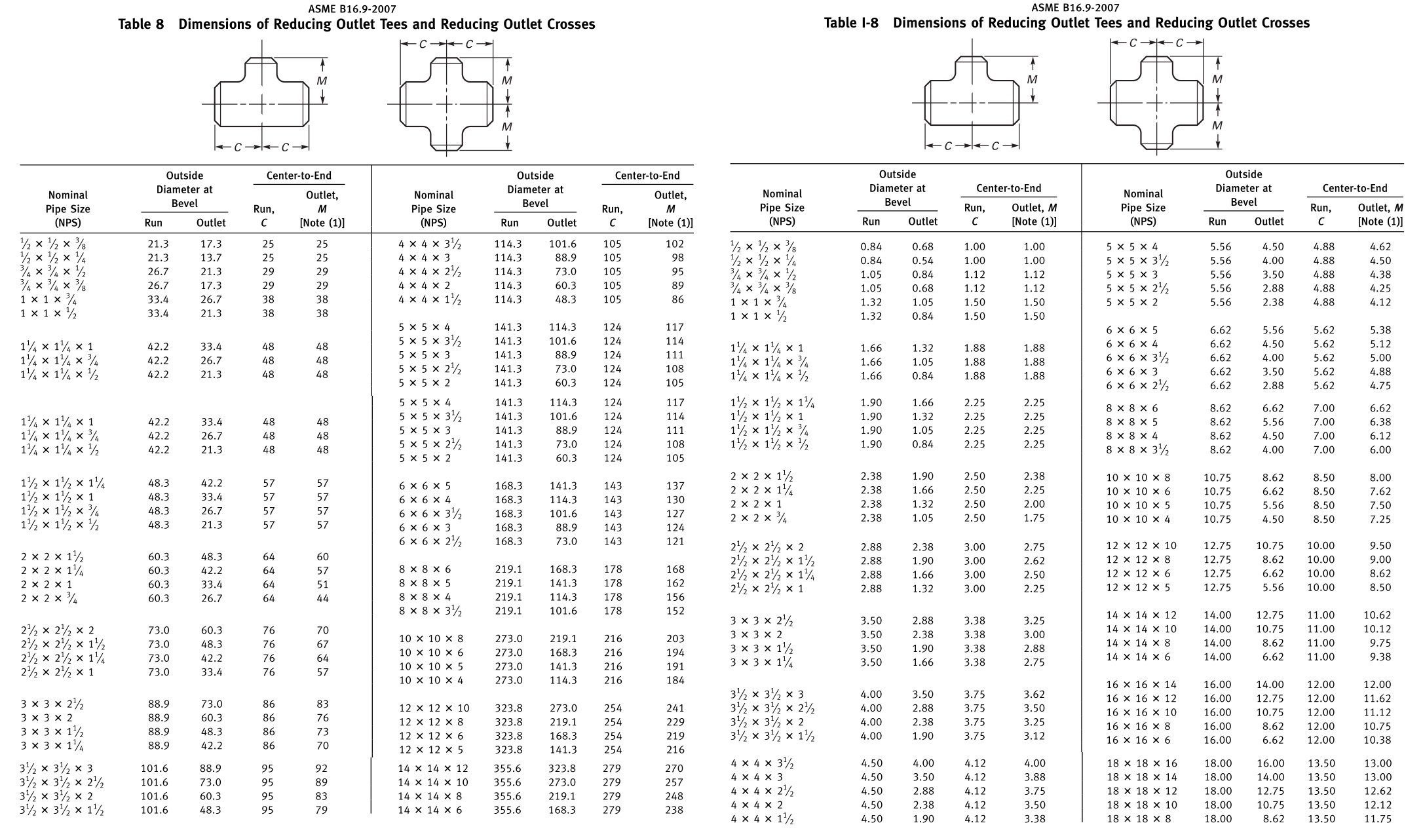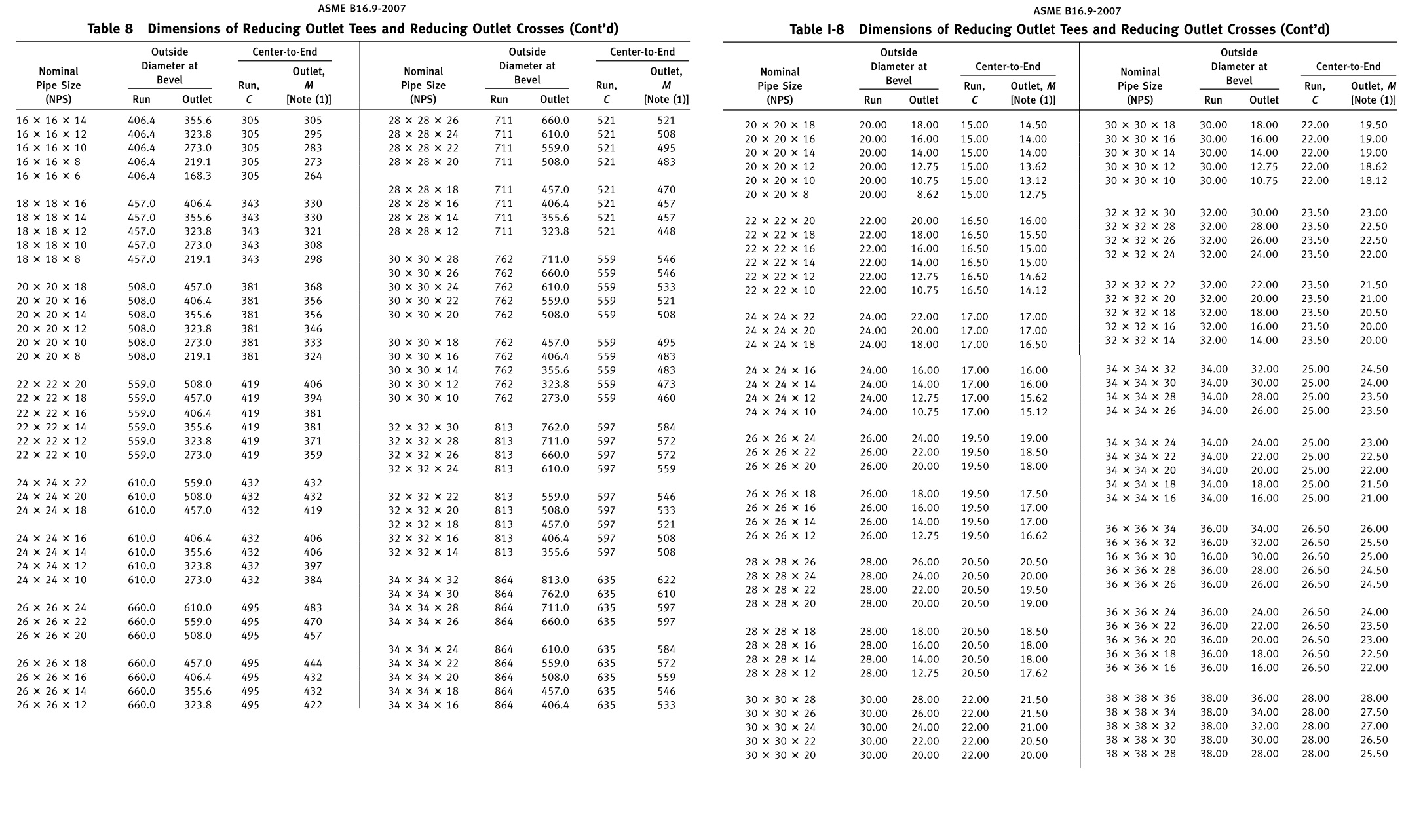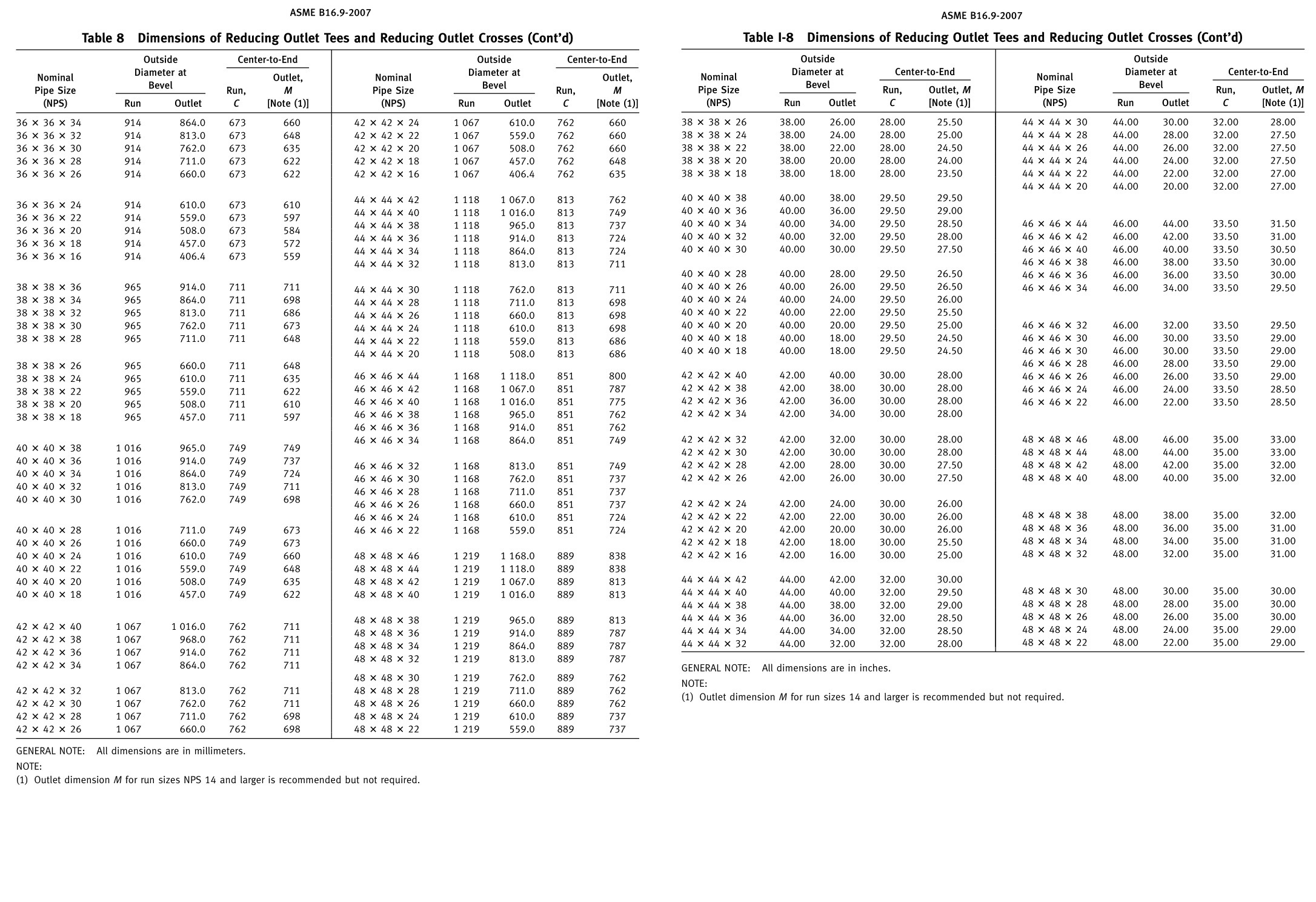aBS plastic, English name: acrylonitrile Butadiene Styrene, chemical name: acrylonitrile-butadiene-styrene copolymer, is a terpolymer of acrylonitrile, butadiene and styrene, a represents acrylonitrile, B represents Ding Alkene, S represents styrene. The structure of the aBS resin is a graft copolymer having an elastomer as a main chain and a graft copolymer having a hard aS resin main chain; or a rubber elastomer and a hard aS resin mixture. Thus, different structures show different properties, the elastomer exhibits rubber toughness, and the hard aS resin exhibits rigidity, and can be obtained in several types such as high impact type, medium impact type, general impact type and special impact type. Plastic aBS is non-toxic, odorless, and looks opaque translucent, or transparent particles or powder. Main use: PC/aBS recycled material is an important engineering plastic alloy widely used in automotive, electrical and electronic, office and communication equipment. aBS plastic parameters density Shrinkage Modulus of elasticity Poisson ratio Hygroscopicity Melting temperature Thermal decomposition temperature 1.05~1.18g/cm3 0.4%~0.9% 0.2Gpa 0.394 <1% 217~237°C >250°C The largest applications for aBS resins are automotive, electronics and building materials. The automotive sector includes many components such as automotive dashboards, exterior panels, interior trim panels, steering panels, acoustic panels, door locks, bumpers, and air ducts. In electrical appliances, it is widely used in refrigerators, televisions, washing machines, air conditioners, computers, photocopiers and other electronic appliances. In terms of building materials, aBS pipe, aBS sanitary ware, and aBS decorative board are widely used in the building materials industry. In addition, aBS is widely used in the packaging, furniture, sports and entertainment products, machinery and instrumentation industries. aBS plastic performance test 1. General performance: aBS is a kind of resin with very good comprehensive performance. It has high impact strength and surface hardness in a wide temperature range. The heat distortion temperature is higher than Pa and PVC, and the dimensional stability is good; aBS melt The fluidity is better than PVC and PC, but it is worse than PE, Pa and PS, similar to POM and HIPS. The flow characteristics of aBS are non-Newtonian fluids, and their melt viscosity is related to processing temperature and shear rate, but is more sensitive to shear rate. 2, mechanical properties: aBS has excellent mechanical properties, its impact strength is very good, can be used at very low temperatures. Even if the aBS product is destroyed, it can only be tensile damage without impact damage. ABS has excellent wear resistance, dimensional stability and oil resistance, and can be used for bearings under medium load and speed. The creep of aBS is larger than PSF and PC, but smaller than Pa and POM. The bending strength and compressive strength of aBS are poor in plastics. The mechanical properties of aBS are greatly affected by temperature. 3, thermal properties: aBS is an amorphous polymer, no obvious melting point; high melt viscosity, poor fluidity, poor weather resistance, UV can cause discoloration; heat distortion temperature is 70-107 ° C (85 or so), product After annealing, it can be increased by about 10 °C. It is sensitive to temperature and shear rate; aBS can still exhibit certain toughness at -40 °C, and can be used for a long time in the temperature range of -40 °C to 85 °C. 4, electrical performance: aBS electrical insulation is good, and is almost independent of temperature, humidity and frequency, can be used in most environments. 5, environmental performance: aBS is not affected by water, inorganic salts, alkali alcohols and hydrocarbon solvents and a variety of acids, but soluble in ketones, aldehydes and chlorinated hydrocarbons, by glacial acetic acid, vegetable oil and other erosion will produce Stress cracking. Performance testing is the testing of various performance metrics of the system by automated test tools that simulate a variety of normal, peak, and abnormal load conditions.
Tee is the connecting piece of Pipe Fittings and pipes. Tee is usually used in the branches of main pipe. It includes straight tee and Reducing Tee. The pipe end of straight tee has same size. The main pipe of reducing tee has same size, but the size of branch pipe is smaller than the main pipe.
Standards:ASME B16.9-2007,ASME B16.25-2007,ASME B16.5-2007,EN10253-1-1999 EN10253-2-2007 EN10253-3-2008 EN10253-4-2008
Wall Thickness:sch10, sch20, sch30, std, sch40, sch60, xs, sch80, sch100, sch120, sch140, sch160, xxs, sch5s, sch20s, sch40s, sch80s
Materials:
carbon steel: ASTM/ASME A234 WPB-WPC
Industrial processes:bending,squeezing,pressing,forging,machining and more
Applications:Our pipe Tees are widely used in many industries,such as petroleum,power generation,natural gas, chemicals, shipbuilding, papermaking and metallurgy,and so on.
Steel Tees,Carbon Steel Tee,Seamless Pipe Tees,Reducing Tee HEBEI ZIFENG NEW ENERGY TECHNOLOGY CO.,LTD. , https://www.zifengpipeline.com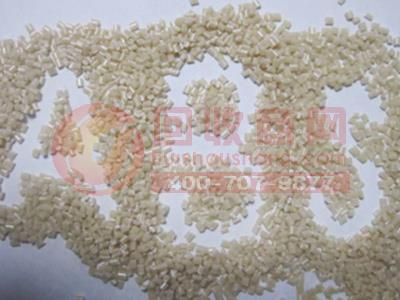
aBS plastic
aBS plastic use
SH/T3408-1996 SH/T3409-1996,SY/T0609-2006 SY/T0518-2002 SY/T0510-1998 ,DL/T695-1999 GD2000 GD87-1101,HG/T21635-1987 HG/T21631-1990
SIZE
seamless size: 1/2"~24"(DN15~DN600)
welding size: 4"~78" DN150~DN1900
stainless steel: ASTM/ASME A403 WP 304-304L-304H-304LN-304N
ASTM/ASME A403 WP 316-316L-316H-316LN-316N-316Ti
ASTM/ASME A403 WP 321-321H ASTM/ASME A403 WP 347-347H
Low-temperature steel: ASTM/ASME A402 WPL 3-WPL 6
High performance: ASTM/ASME A860 WPHY 42-46-52-60-65-70
